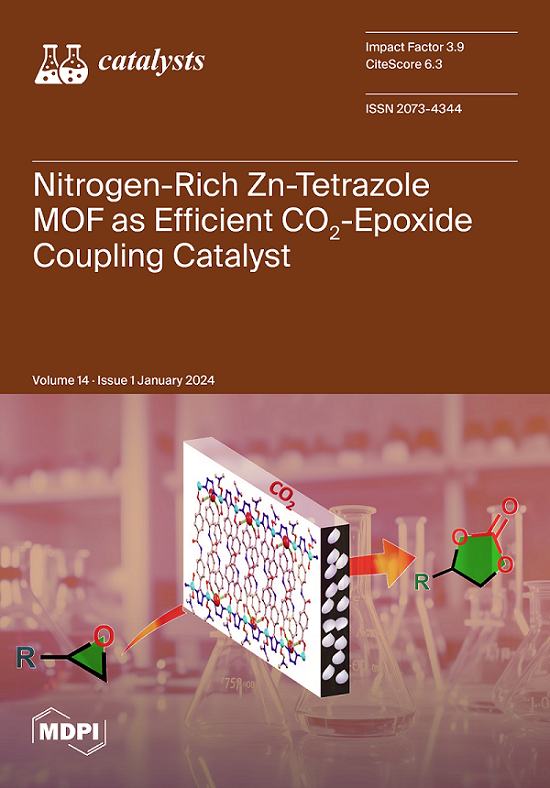Effect of High-Energy Milling on Ceria-Zirconia’s Redox Properties
IF 4
3区 化学
Q2 CHEMISTRY, PHYSICAL
引用次数: 0
Abstract
Series of ceria-zirconia (CZ)-based nano-materials with a d50 in the range of 0.2 to 1.3 microns were made using the jar milling, Eiger milling, and steam jet milling (SJM) techniques. The effect of the milling conditions on the morphology and textural properties was studied. High-energy steam jet milling in a quasi-hydrothermal environment (with potential local temperature spikes over 500 °C) significantly impacted the CZ crystal structure by inducing lattice distortions. It was shown that the acquired lattice stress resulted in a significant increase in oxygen mobility, which was manifested by a TPR-H2 Tmax shift from 450–550 to 150–250 °C. CZ materials with fast oxygen mobility are metastable phases, and re-slurring nano-CZ powders in water and impregnation with precious metals had stabilizing effects on fast oxygen mobility. Efficiently enhancing the CZ redox activity milling process took place in the following order: Steam jet milling > Eiger milling > jar milling.高能研磨对氧化锆陶瓷氧化还原特性的影响
采用罐式研磨、艾格研磨和蒸汽喷射研磨(SJM)技术制备了一系列基于氧化锆(CZ)的纳米材料,其 d50 在 0.2 至 1.3 微米之间。研究了研磨条件对形貌和纹理特性的影响。在准水热环境下(局部温度峰值可能超过 500 °C)进行的高能蒸汽喷射研磨通过诱导晶格畸变对 CZ 晶体结构产生了显著影响。研究表明,获得的晶格应力导致氧迁移率显著增加,具体表现为 TPR-H2 Tmax 从 450-550°C 转移到 150-250°C。具有快速氧迁移率的 CZ 材料是一种易陨相,将纳米 CZ 粉末在水中再研磨和浸渍贵金属对快速氧迁移率有稳定作用。有效提高 CZ 氧化还原活性的研磨过程按以下顺序进行:蒸汽喷射研磨 > 艾格研磨 > 罐式研磨。
本文章由计算机程序翻译,如有差异,请以英文原文为准。
求助全文
约1分钟内获得全文
求助全文
来源期刊

Catalysts
CHEMISTRY, PHYSICAL-
CiteScore
6.80
自引率
7.70%
发文量
1330
审稿时长
3 months
期刊介绍:
Catalysts (ISSN 2073-4344) is an international open access journal of catalysts and catalyzed reactions. Catalysts publishes reviews, regular research papers (articles) and short communications. Our aim is to encourage scientists to publish their experimental and theoretical results in as much detail as possible. Therefore, there is no restriction on the length of the papers. The full experimental details must be provided so that the results can be reproduced.
 求助内容:
求助内容: 应助结果提醒方式:
应助结果提醒方式:


